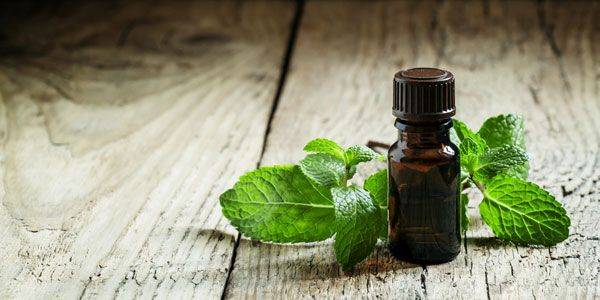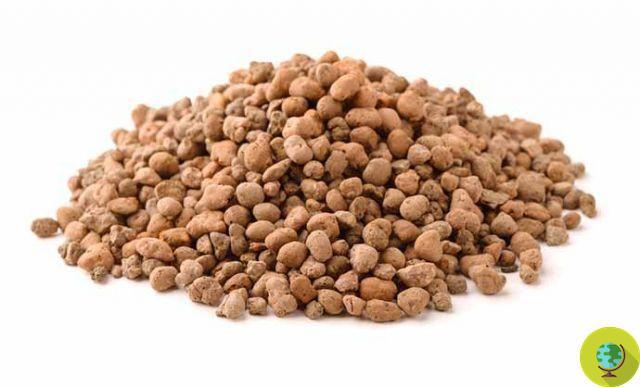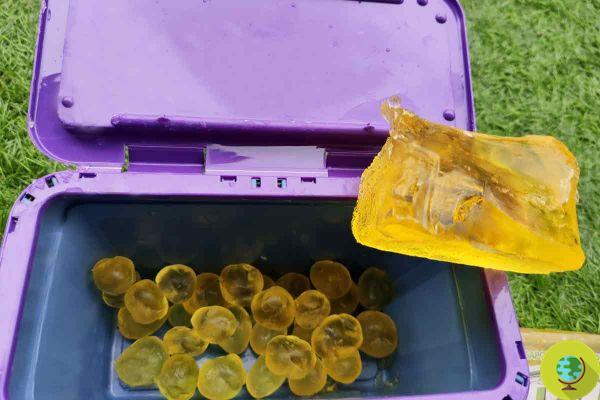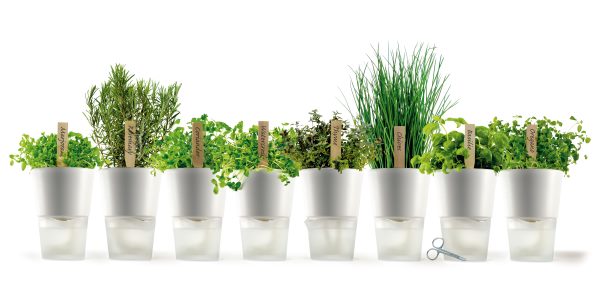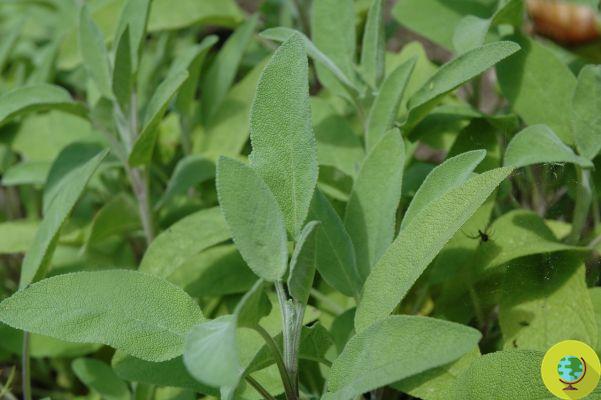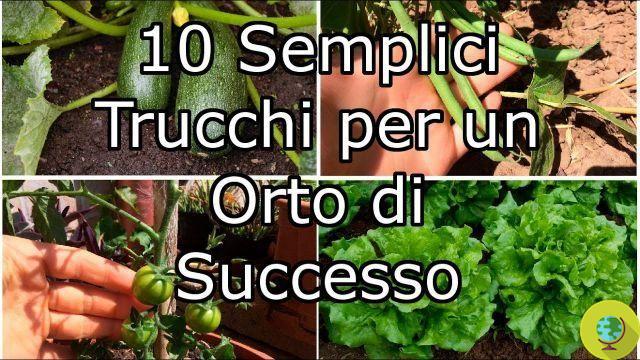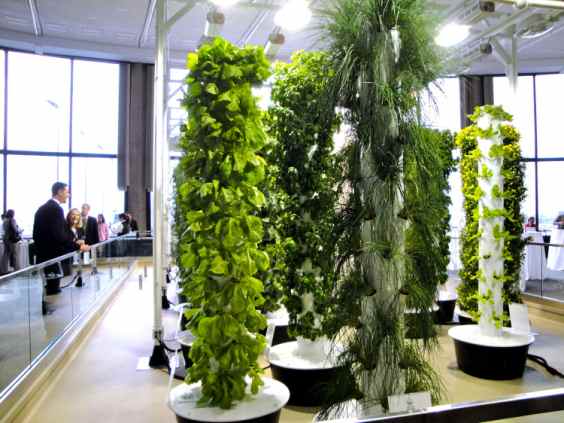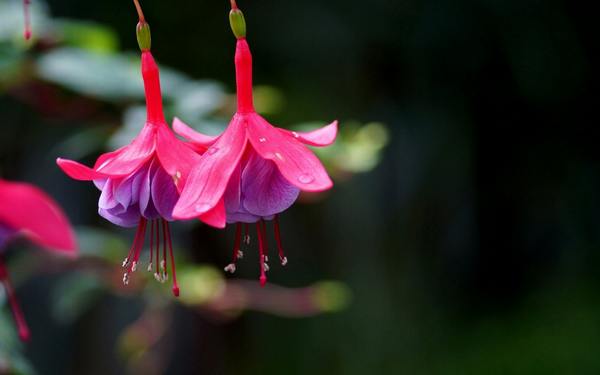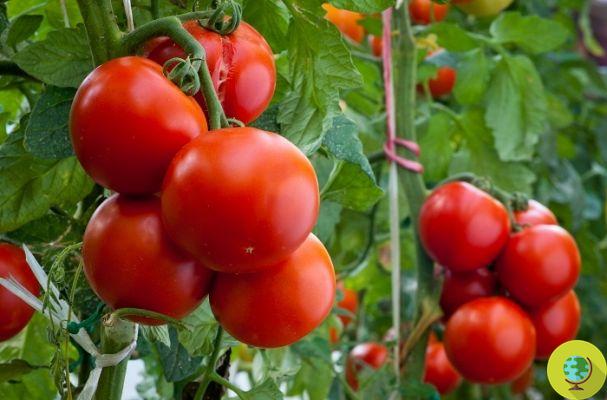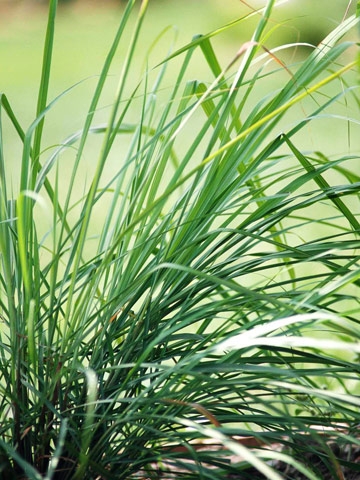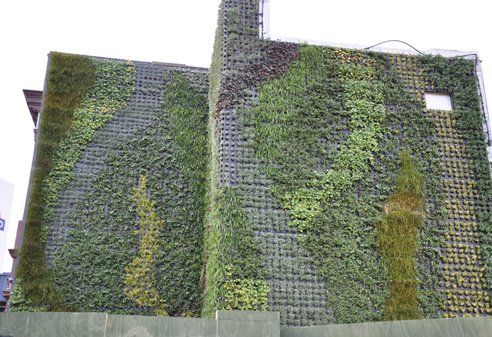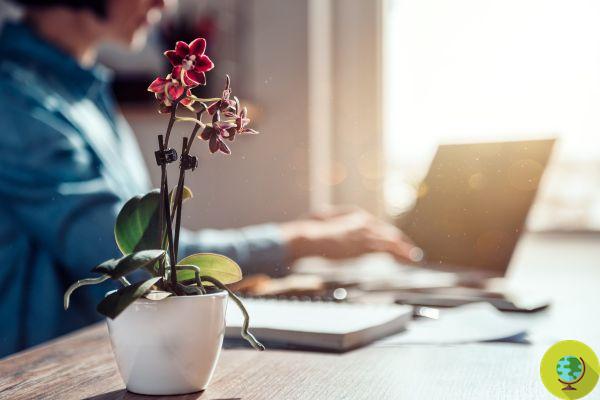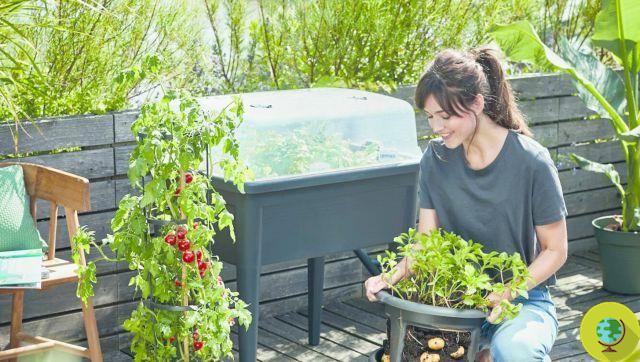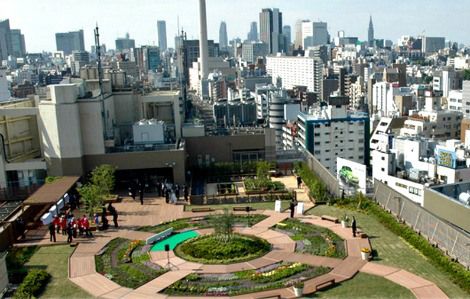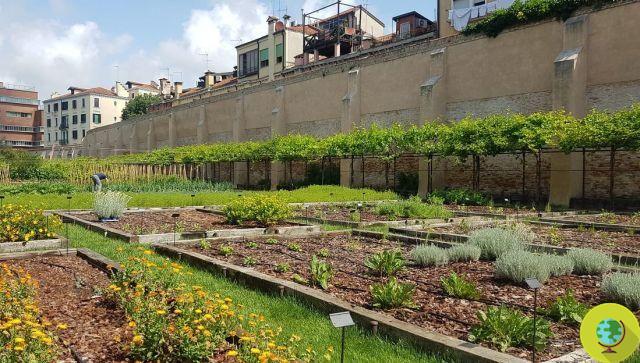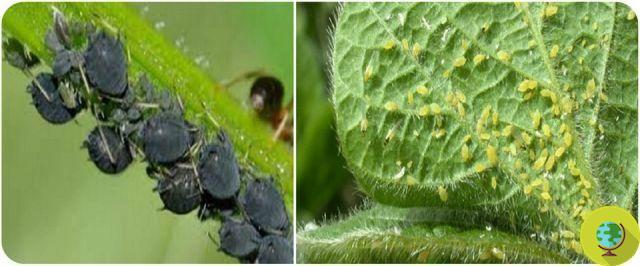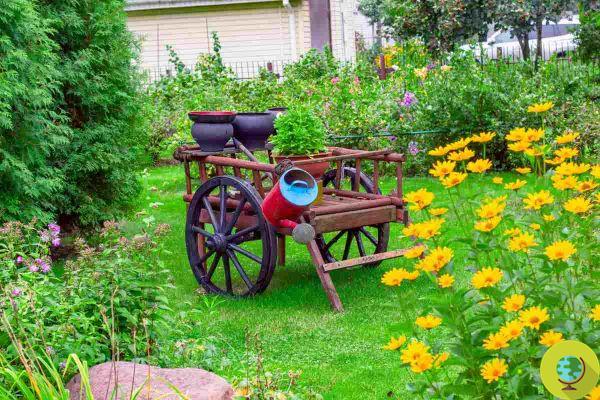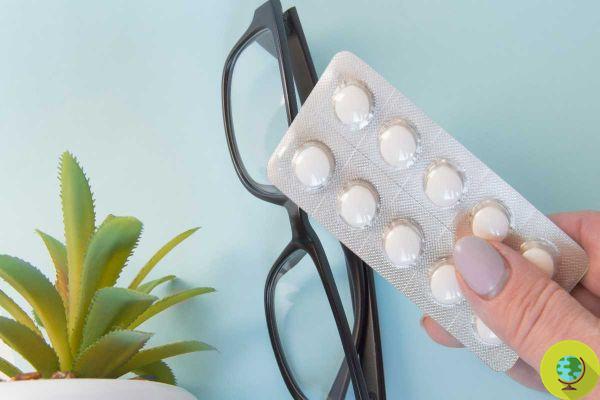How to grow chrysanthemum? When to plant it? How to take care of it, when to prune it and reproduce it for a lush flowering
Chrysanthemum is a plant that belongs to the Asteraceae or Compositae family, native to Europe, Asia and Africa. It is possible to grow the chrysanthemum in pots or in the garden to have balconies and flower beds even in the cold months.
They exist at least 200 species of chrysanthemumsi which differ from each other for the moment and the type of flowering, for the posture and for the life cycle.
Many variety of chrysanthemum they are suitable for cultivation in pots, in the garden or in the apartment and can give splendid blooms even in the cold months, when the rest of the vegetation is at rest. (Read also: The legend of chrysanthemums and their symbolic meaning)
Index
Grow chrysanthemum in pots or in the garden
The chrysanthemum species we find at florists are typically hardy, perennial and easy to grow in pots in the garden.
La growing chrysanthemum in open ground it is simpler because the plant is able to independently obtain nutrients from the soil.
for growing chrysanthemum in pots it is necessary to fertilize the plant periodically to ensure the right amount of minerals during development. The containers for growing in pots should be chosen of medium-large size, taking into account that the chrysanthemum plant can also grow to 50 centimeters or more. Clay or gravel should also be placed on the bottom of the pot to ensure drainage.
How and when to sow chrysanthemum
La propagation of chrysanthemum it can take place by seed, cutting or by division of the tufts.
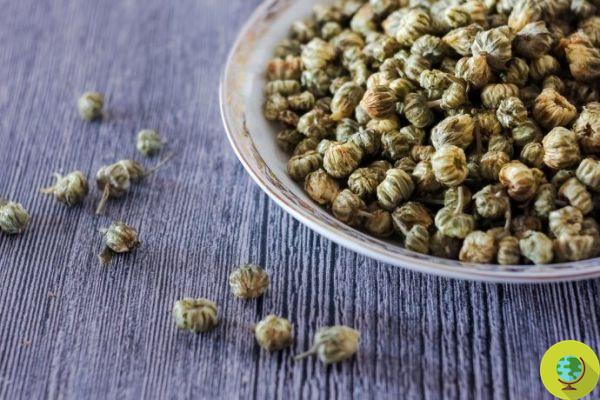
La sowing it occurs mainly for annual species or for the creation of new varieties and takes place in March-April. The seeds should be placed in jars with peat and sand at a temperature of about 18 ° C. When the seedlings are developed, they will be transferred in pots or in the garden avoiding exposure to direct sun.
The multiplication of perennial species takes place by cuttings or by division of the tufts. To make a chrysanthemum cutting the basal shoots of the plant are taken in February-March, making a clean and oblique cut. The branches taken must be about 5 centimeters long and the leaves must be preserved. The shoots settle in a mixture of earth and peat, in a warm environment. Generally the cuttings take root in about ten days.
La division into tufts instead it is carried out in early spring just before the vegetative restart and consists in dividing the root system and the aerial part of very developed plants. Each head can then be placed in a new pot or in the garden as a single plant.
Climate and exposure for the chrysanthemum
Chrysanthemum can be grown in full sun, but in areas where the summer is particularly hot and sultry it is preferable to place the chrysanthemum in the shade.
The ideal temperature for the chrysanthemum is between 15 and 25 ° C and during the winter months it resists well to temperatures up to 4 ° C.
The mulching the soil with dry leaves or straw to avoid excessive evaporation of water during the hot months and damage to the root system in winter.
If the chrysanthemum is grown in pots, it is recommended that the plant be repaired in the colder months.
Type of soil for chrysanthemum
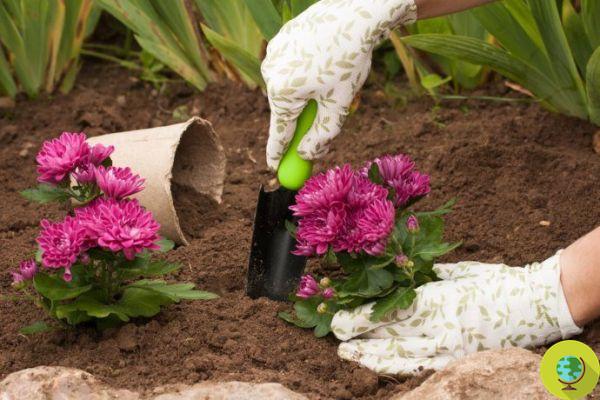
Chrysanthemum adapts to all types of soil, but prefers soils to Neutral pH or weakly acidic. If the chrysanthemum is grown in pots, it is preferable to mix common soil, soil for flowering plants and sand in equal parts.
For the cultivation of chrysanthemum the soil must be fertile and well drained. It is therefore necessary to fertilize after the buds appear, especially if the chrysanthemum is grown in pots.
When to water the chrysanthemum
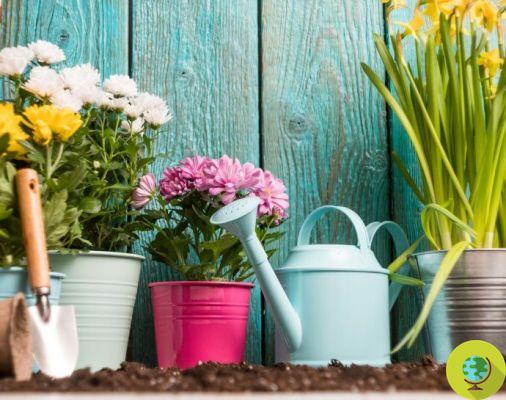
The chrysanthemum needs a soil that is always moist, but water stagnation must be avoided, so it is better to avoid the use of saucers and insert gravel or clay at the bottom of the containers.
During the warm months, chrysanthemums can be watered several times a week, while from autumn to spring only as needed.
When watering chrysanthemums it is important not to get the leaves wet.
Flowering chrysanthemum
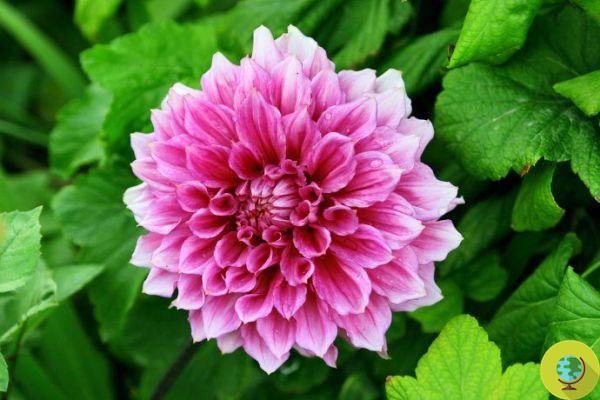
La chrysanthemum bloom varies by species. Generally the chrysanthemum blooms from the month of September and until the first frosts, but some species produce flowers during the summer.
I chrysanthemums flowers they are flower heads and can vary in shape, size and color according to the variety of the plant. Chrysanthemums can, in fact, have flowers ranging from two to twenty centimeters in diameter, with few or many petals and with colors ranging from white to red.
When to prune chrysanthemum
La pruning of chrysanthemums it is generally carried out in May and at the end of August. It is often used to eliminate the apical buds to allow the plant a lateral development and to obtain more abundant blooms, with smaller flowers. If, on the other hand, the lateral buds are removed, leaving only the central inflorescence, a few large flowers will be obtained.
Generally the dry parts of the plant are eliminated, then periodically withered leaves and flowers are cut off.
Chrysanthemum pests
Chrysanthemum can be attacked by various parasites. Insects such as aphids or thrips and fungi can damage the leaves and flowers of chrysanthemums by causing brown spots, warping and wilting. On the other hand, some insects, such as the root fly, can damage the root system of the chrysanthemum.
To prevent attacks by parasites, it is important to cultivate chrysanthemum using well-fed and drained soils, avoid water stagnation in the soil and guaranteeing the plant adequate ventilation.
Chrysanthemum and air purification
Chrysanthemum morifolium is one of the plants indicated for air purification in domestic environments. In fact, this variety of chrysanthemum seems to be able to purify the air of the house from harmful chemical agents such as formaldehyde, benzene, xylene, ammonia and trichlorethylene. The cultivation of chrysanthemum in pots therefore allows us not only to embellish the living room or desk, but also to clean the air from dangerous substances generated by our activities.
Other flowers to grow:
-
Rose
-
Orchid
-
Daffodils
-
Cyclamen
-
Geraniums
-
Tulips
-
Jasmine
-
Azalea
-
Begonia
-
Wisteria
-
bougainvillea
-
Peony
-
Dipladenia
-
Camelia
-
ORTENSIA
-
Wisteria
-
FIORDALISO




